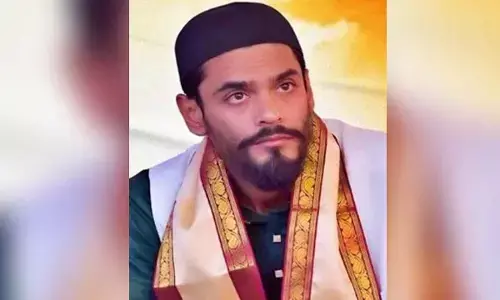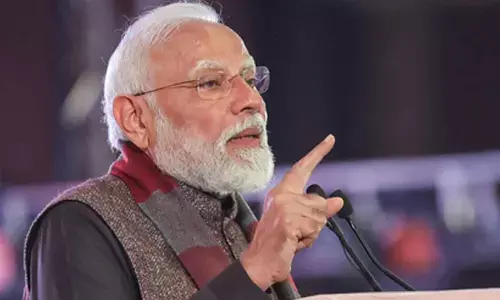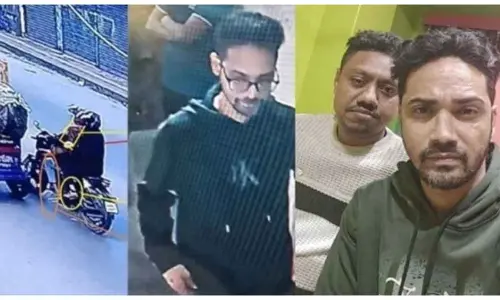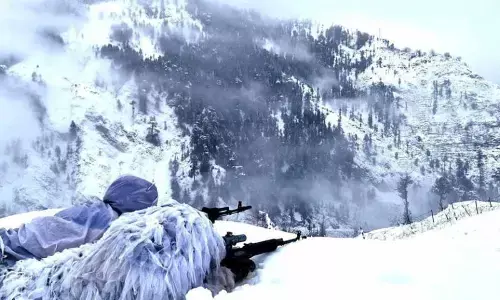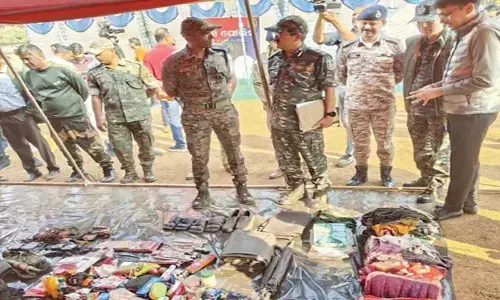Udvada: Where Parsi faith burns brightest

Jimmy Hormusji and Bomi Patell are among the few Parsis from Hyderabad who frequently visit Udvada, the tiny village in Gujarat. But on Monday, several from the city took part in the annual thanksgiving prayer.
Parsis from the twin cities visit Udvada in Gujarat to partake in the annual thanksgiving prayer
Jimmy Hormusji and Bomi Patell are among the few Parsis from Hyderabad who frequently visit Udvada, the tiny village in Gujarat. But on Monday, several from the city took part in the annual thanksgiving prayer. Every year in the month of November, Parsees from all over the country make a bee-line to Iranshah, the holiest of Zoroastrian shrines in India to offer prayers and sandalwood to the Holy Fire. It is followed by a community lunch in the grounds nearby.
Parsees have great faith and make it to Udvada which is 15 km away from Sanjan in Southern Gujarat. It was in Sanjan that many centuries ago Parsis from Persia landed in small boats to escape religious persecution. Today, the place has special significance for Parsis and after the thread ceremony and marriage most Parsis make a visit to Udwada.
.jpg)
The story of Udvada
The first boat, led by their High Priest, landed in Sanjan after a terrible storm around 720 AD. During the storm at sea, the Persians vowed to build a fire temple which they consecrated from 16 different sources such as a brick-maker’s kiln, a goldsmith’s fire, a baker’s oven, a shepherd’s house, a king’s house and a bolt of lightening.
It took three years to purify this fire, and after that it was placed in the Sanjan Fire temple, where it burned for 669 years, till the Mughals under Sultan Mahmud attacked Sanjan in the 13th century. 1,400 Parsis fought with the King’s army but were defeated. The sacred fire was then taken to Barhot Caves in the mountains and hidden there for 12 years. It was also tended to in the jungles of Vansda for 14 years, then in Navsari for 313 years, 3 years in Surat, back in Navsari for 5 years, then in Valsad for 1 year, until it reached Udvada in 1742.
This fire burns brightly and continuously in the Iranshah in Udvada from then until the present day although now the Parsi number a little over 64,000. Most go back to the little village of Udvada almost every year, to give thanks to the Holy Fire in coastal Gujarat where it all started almost 1,300 years ago.








